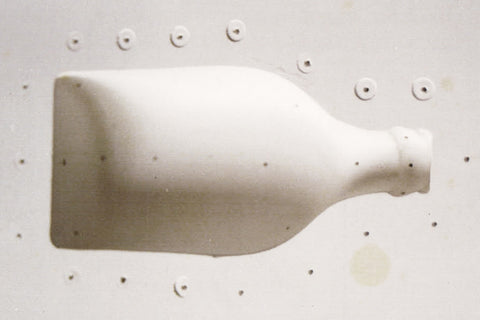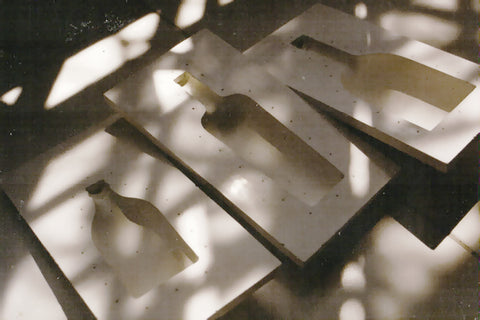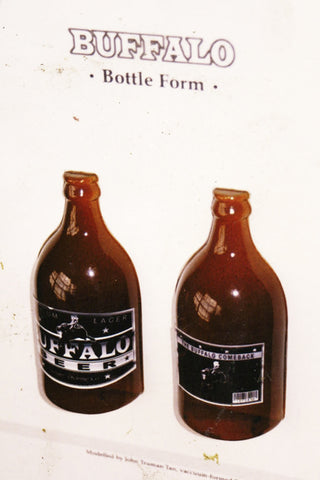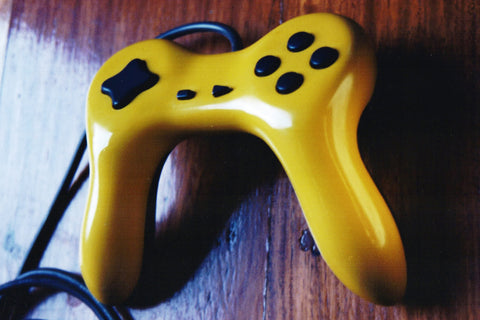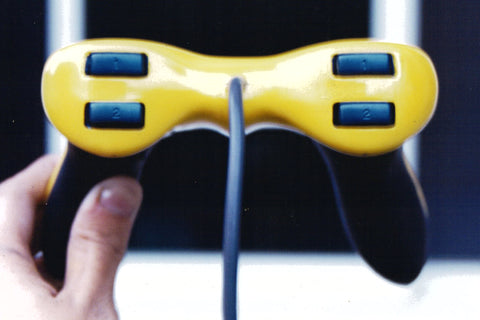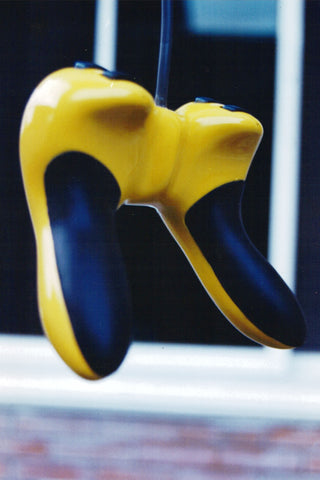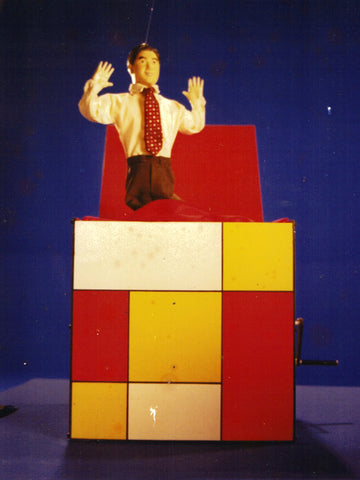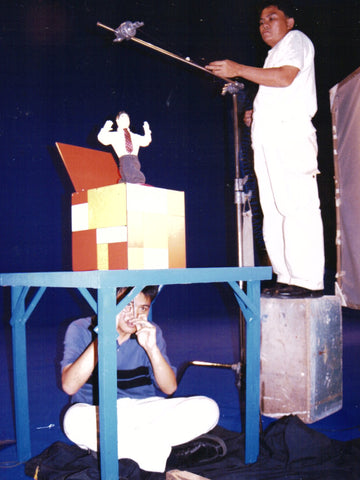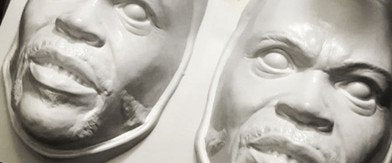 I first experimented with vacuum forming back when I was a design student at the University of the Philippines. Our school was sparsely endowed in terms of equipment, but oddly, we did own a vacuum former. Unfortunately, it was broken and it did nothing but collect dust. It was 1995. The internet was in its infancy. Wikipedia, YouTube, and Google probably haven't even been conceived yet. Access to information was a problem. It was clear that if I really wanted to do any vacuum forming I would have to get creative. I felt though that I had a good theoretical grasp of the process and went to work. I spent many nights in my mom's kitchen with a vacuum cleaner, doing experiments. It was time well spent.
I first experimented with vacuum forming back when I was a design student at the University of the Philippines. Our school was sparsely endowed in terms of equipment, but oddly, we did own a vacuum former. Unfortunately, it was broken and it did nothing but collect dust. It was 1995. The internet was in its infancy. Wikipedia, YouTube, and Google probably haven't even been conceived yet. Access to information was a problem. It was clear that if I really wanted to do any vacuum forming I would have to get creative. I felt though that I had a good theoretical grasp of the process and went to work. I spent many nights in my mom's kitchen with a vacuum cleaner, doing experiments. It was time well spent.
I debuted my new found skill in my package design class when our professor had us do renderings of bottle designs. She didn't say that the renderings had to be in 2D so I took it as an opportunity to show-off. I did the bottles in 3D. She was sufficiently impressed and I got top marks. My lifelong relationship with vacuum forming had begun. I used it whenever I could. It became my signature technique.
Vacuum forming isn't appropriate in every fabrication scenario, of course. But when it is, it offers a fast and cheap way to make things with consistency. One professor commented that my prototypes almost looked 'manufactured'. Given the role vacuum forming plays in industry, in a way, they were manufactured.
I was digging through some old photos this afternoon and found some early examples of my work in vacuum forming, including the bottles I did for the package design class. I kind of wish I took more photos then.
